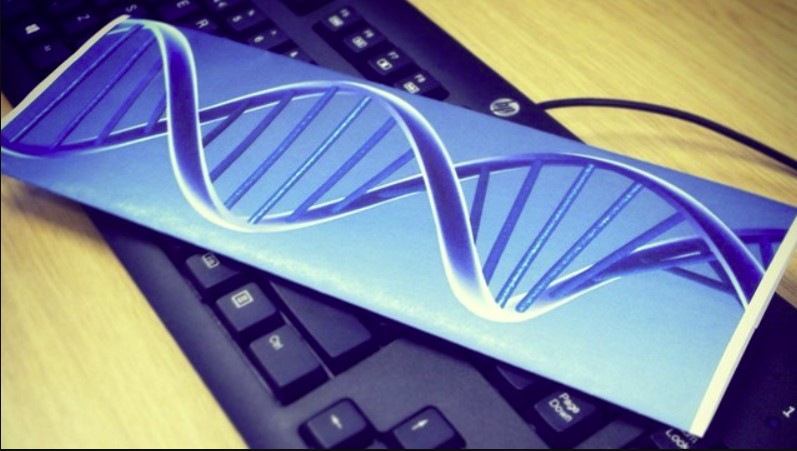A DNA typewriter transforms whole phrases into living cells

Forget about invisible ink – future spies may transmit secret messages directly into the DNA of living cells, according to researchers at the Howard Hughes Medical Institute (HHMI). By encrypting complete paragraphs into DNA, scientists at the Howard Hughes Medical Institute have demonstrated a "DNA Typewriter," which they claim might eventually serve as a cellular "black box."
The spectacularness of nature's info storage systems pales in comparison to our own digital information management technologies, however they can't compete with natural fact. DNA is a highly dense material, able to store up to 215 million GB of data in a single gram – and potentially more, depending on some variables. Writing to and reading from DNA remains a time-consuming activity.
The HHMI researchers created a new method for recording information to DNA quickly and sequentially. The DNA Typewriter, as it is known, enters short segments of DNA one after another from left to right into an empty “DNA tape.” The team designed and demonstrated over 4,096 distinct symbols that can be inserted into the text, showing that the DNA Typewriter can arrange them in order to create full sentences that could subsequently be read back.
Researchers used phrases such as "What God has wrought," "What God has done," and "What God hath wrought" in their first trials. This Bible verse, which may seem a little dramatic, was picked since it was the first message sent over telegraph using Morse code. The phrase "Mr. Watson, come here!" is also noteworthy; it was the first line ever spoken over a telephone connection. The third and final test sentence was “Bound forever, DNA,” a passage from BTS's song.
The DNA Typewriter, on the other hand, isn't just for putting quotations into cells. According to the crew, it may one day be used to follow the activity and history of cells, allowing researchers to investigate their development or responses to disease or medications like a black box in the sky. The team studied how one cell divided into 1.2 million over 25 days and charted its barcodes to build its family tree in tests.
The research was published in the journal Nature.
Source: newatlas.com